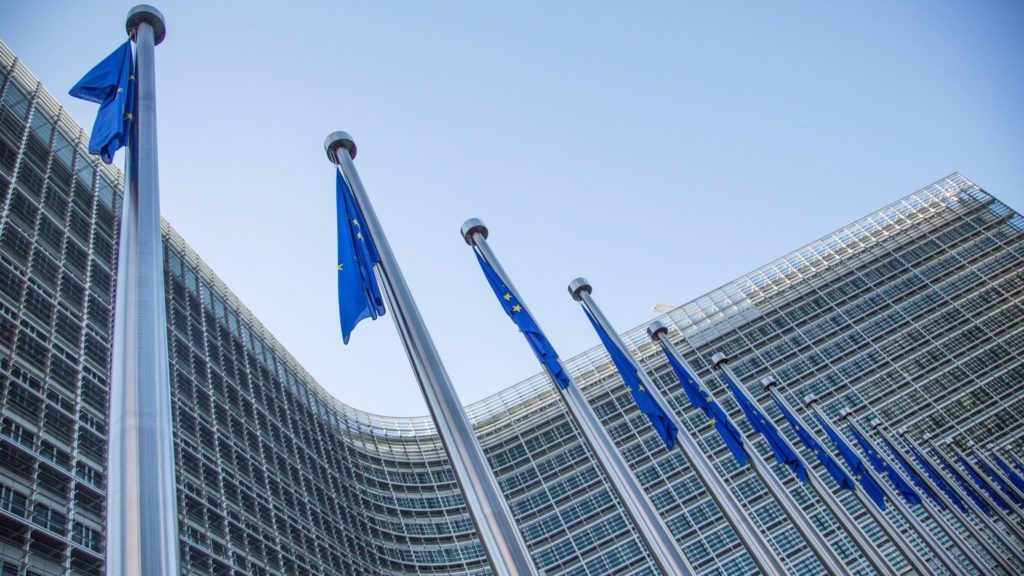It is already common knowledge that, in the process of its accession to the EU and afterwards, Romania used only a part of the European funds it had at its disposal for development and accelerating convergence. Looking at the infrastructure that Hungary and Poland have built during the past decades by maximizing the absorption of European funds, we realize what opportunities Romania has missed during this whole period. A telling example was Poland and the way it managed to navigate the 2008 crisis, as the only EU member state that did not go into recession, taking advantage of the economic boost brought by the absorption of European funds.
However, despite the partial absorption of European funds, Romania’s economic convergence with the rest of the EU has advanced, even if at a slower pace than it could have aspired to. The explanation lies in the fact that, all along, there has been at least one window of opportunity for financing Romania. As one closed, leaving us with unspent EU funds, another one opened, giving us either the opportunity to continue spending unused money from the previous programme or a completely different multiannual financial framework.
 At the moment, Romania’s limited absorption capacity is putting into question two major opportunities. Firstly, the Multiannual Programme 2021-2027 in which, so far, Romania has a 0.7% absorption rate. Secondly, the unexpected “bonus” of the NextGenEU programme (which includes the famous National Resilience Programme). Launched in response to the Covid crisis, it is intended to promote the restructuring of the European economy towards a green and high-tech economy. Romania’s initial attempt to include in this programme the infamous motorways that could have been built in previous multiannual programmes is iconic for the tradition of replacing “missed trains” with “next trains”.
At the moment, Romania’s limited absorption capacity is putting into question two major opportunities. Firstly, the Multiannual Programme 2021-2027 in which, so far, Romania has a 0.7% absorption rate. Secondly, the unexpected “bonus” of the NextGenEU programme (which includes the famous National Resilience Programme). Launched in response to the Covid crisis, it is intended to promote the restructuring of the European economy towards a green and high-tech economy. Romania’s initial attempt to include in this programme the infamous motorways that could have been built in previous multiannual programmes is iconic for the tradition of replacing “missed trains” with “next trains”.
But this is now a terribly dangerous illusion. Because other “trains” will never come. The current funding programmes that Romania enjoys are most likely the last ones it will benefit from. There are two explanations for it. First, Romania’s economy has reached a level of development that justifies increasingly less EU funding. After all, the fact that we have the smallest budget in Europe in relation to GDP is Romania’s choice (or inability) and the EU has no reason to pick up the bill.
Secondly, the EU is starting to prepare for new members. And in this picture, the massive funding needed for Ukraine’s reconstruction with the end of the war, not to mention the funding of its potential EU accession, will totally change the direction of funding streams. Such developments are likely to transform countries that were net recipients of European funding into net contributors to the European budget. Romania included.
As far as financing Ukraine’s accession to the EU is concerned, there are no silver bullets. Either the European budget will expand by increasing contributions, or the countries that have benefited so far will see their funding greatly reduced. For example, a study prepared for the European Council and quoted by FT anticipates that Ukraine’s inclusion in the Common Agricultural Policy would turn Poland, the largest recipient of European funding, into a net contributor.
A potential transformation of Romania from a net recipient of funding to a net contributor would be a major paradigm shift for our country, which owes its development over the last decades mostly to European funding. Romania’s budgets have been dedicated primarily to consumption and only secondarily to development. When the budget deficit had to be adjusted, the investment budget was consistently among the first candidates for cuts, as adjustments in pensions, salaries or public administration posts would have entailed a political cost.
Adding to it is another increasingly pressing issue. All the infrastructure projects built with European money, with what money will they be maintained? For example, motorways are starting to show signs of fatigue (uneven asphalt, broken safety rails, non-functional lighting), and their maintenance/repair is done with great delay (Have you driven on the first lane on the A3 from Ploiesti to Bucharest?).
In conclusion, the emergence of new candidates for EU membership – especially Ukraine – will profoundly change the particularly advantageous financing regime that Romania has enjoyed so far. There is a very high chance that Romania, together with other Central European countries, will turn from a beneficiary into a net contributor, which will require a crucial change in the way the budget has traditionally been designed. In the not-too-distant future, Romania’s development will largely depend, for the first time ever, on the budget’s capacity to finance it. Moreover, with the same budget, Romania will also have to finance the new candidates for EU membership. And the amounts will not be small if we think of Ukraine alone.
For this to happen, maximizing the use of the money from the NextGenEU and the Multiannual Programme 2021-2027 becomes critical in order to lay the foundations for a strong Romania, capable of becoming a provider of funding for local and European development.
The “put off until tomorrow what you can do today” system will no longer work.
Have a nice weekend!



